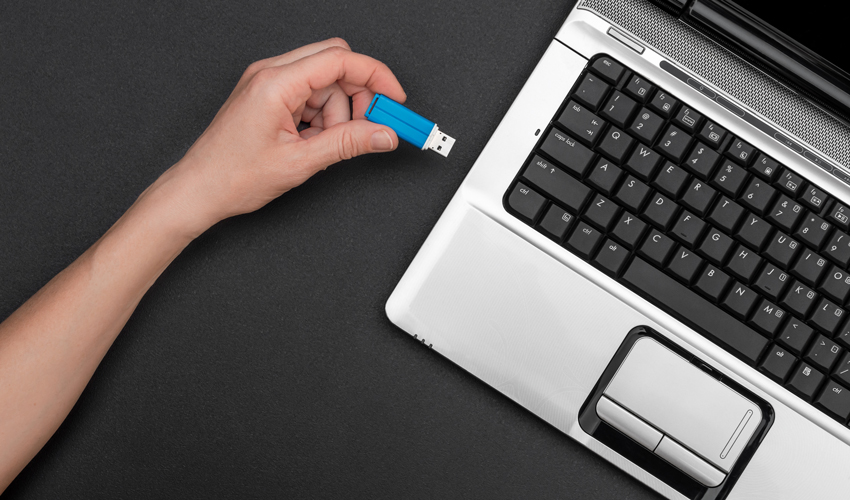
by George Whittaker
Linux offers a versatile platform for various computing needs, and creating a portable Linux distribution on a USB drive unlocks a world of mobility and flexibility. Whether you're a developer needing a consistent environment, a student testing out different distributions, or someone who needs a secure system while traveling, a portable Linux USB drive can be invaluable. This guide will walk you through selecting the right distribution, creating a bootable USB, configuring it for persistent storage, and troubleshooting common issues.
Introduction to Portable Linux Distributions
A portable Linux distribution is a fully operational version of the Linux operating system configured to run from a USB flash drive. This setup allows users to operate any compatible computer from the USB without affecting the host machine's native operating system. The benefits are numerous: privacy protection, system recovery, security testing, and the ability to carry your desktop with you wherever you go.
Choosing the Right Linux Distribution
The first step in creating a portable Linux system is choosing the right distribution. The ideal choice depends on your needs:
- Lightweight: Lightweight distributions are crucial for performance when running from a USB drive. Examples include Lubuntu, Puppy Linux, and Porteus.
- Support and Compatibility: Consider distributions with active communities and frequent updates, like Ubuntu or Fedora.
- Persistent vs. Non-persistent: Decide if you need persistent storage (where changes are saved across sessions) or a non-persistent setup (which resets after each reboot).
Before you create your portable Linux, you need a few things:
- USB Drive: A minimum of 8 GB is recommended for most distributions, though 16 GB or more is ideal for those requiring persistent storage.
- Host Computer: Any computer with internet access, capable of downloading the Linux distribution and writing it to the USB drive.
- Software Tools: Tools like Rufus, UNetbootin, or Balena Etcher will help write the Linux ISO file to your USB drive effectively.
Creating the Bootable USB Drive
Creating your bootable Linux USB involves several key steps:
Go to Full Article
More...